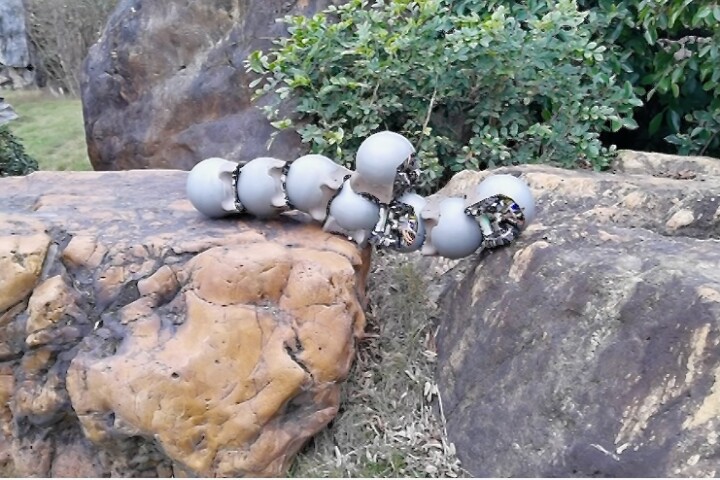With the devastation in Haiti still fresh in our everyone’s minds a team at the Universitat Politècnica de Catalunya (UPC) - Barcelona Tech is working on a system to better protect buildings, infrastructure and sensitive equipment from seismic activity. The roll-n-cage (RNC) is an anti-vibration device that is positioned between the building and the ground so that when the ground moves, the supported building doesn’t.
The RNC isolator is an advanced seismic isolator to be constructed using common materials such as steel and rubber. Its creators sat the RNC isolator has the potential to outperform existing isolation devices – the majority of which still have practical limitations that prevent them from working as intended, restrict their effective use, and limit the level of protection provided - under light, moderate and severe conditions.
Rather than increasing the seismic resistance capacity of structures, the device is based on the concept of reducing or mitigating seismic demand. To this end it incorporates isolation, energy dissipation, buffer and restoring force mechanisms in a single unit.
It provides multi-directional isolation by dissipating energy and restraining uplift and maximum horizontal displacements. It improves vibration isolation, which up until now has been achieved by using different types of elastomeric bearings, including high-damping neoprene bearings and lead-plug rubber bearings, and by means of friction pendulum and other systems.
Aside from reducing motion induced in buildings and bridges by earthquakes and other vibration sources the team says the device can also be used on a small scale. It can be used to protect motion-sensitive equipment, including measuring devices, precision machines and instruments of the type found in laboratories, research centers and operating rooms, as well as museum pieces, antiquities, and other valuable objects stored in buildings.
The UPC – Barcelona Tech Control, Dynamics and Applications Group (CoDAlab) team has tested the design of the device using computer modeling which indicated that the RNC can reduce seismic response to a broad range of seismic movements, and that it exhibits robust performance for a wide variety of structures. The team will next construct experimental prototypes to confirm the RNC’s potential as a practical, effective and economical seismic isolation device.




